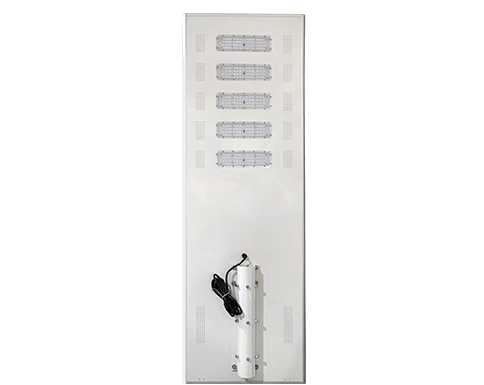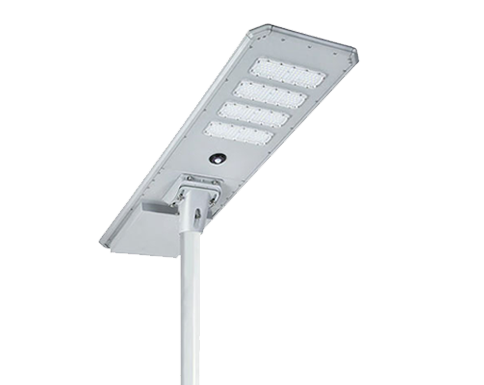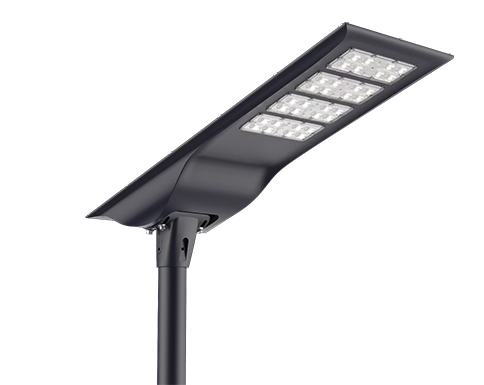Post time: 2021-10-14 09:25:32
Solar street lights are the perfect cost-effective solution not only for the urban population but also for the people living in rural areas that are deprived of electricity.
Integrated solar street lights are a great way to bring in lighting without having to trench in traditional electrical power; however, they can be costly. There are ways to lower the usage throughout the night and lower the cost of the solar power. Using sensors are one of the best ways to lower the power needs of the solar street light and provide a much faster ROI then ever imagined.
Since people do not typically travel down every road at all times of the night, figuring out the most active times is key to making the sensor street lights work well. The lights would turn on at dusk and run a set number of hours or time of night, say 4 hours or till 11pm. The lights can either then dim to a lower intensity to still provide lighting or turn off entirely. They can also come back on for a set number or hours before dawn or at a specific time and run full till dawn.
There are now other options for sensors that include having the lights operate at a reduced wattage all night and only have full illumination when motion is detected. This is not as popular as the previous method, but is still an option with most systems. These lights need to take into account more understanding of the active periods to ensure proper system sizing and not be used to undercut the solar and battery.
These types of solar street light application are perfect for neighborhoods and HOAs, even small communities. Use of the sensors can halve the amount of solar needed; therefore, reducing the cost of the solar street light assembly. By lowering the power usage and cost will make solar a more feasible option and help communities be a little greener in the end by reducing their overall electrical usage.
Solar street lights have components such as SPV Module, charge controller unit, battery, luminary, interconnecting cables and pole.
1. Solar photovoltaic (SPV) module: is fixed on top of the pole with suitable inclination to receive maximum sunlight throughout the day. The SPV module produces suitable voltage and current, which is used to charge the battery. During the night, the lamp which is housed inside the luminary lights up by using the energy stored in the battery.
2. Charge controller unit (CCU): controls the charging. Charge controller unit increases the battery life by not allowing the battery to deep discharge and overcharge. During deep discharge conditions, the CCU turns off the light, so as to stop further discharge of battery. During overcharge conditions, CCU disconnects the solar module and prevents overcharging of the battery.
3. Solar Battery: The energy that is generated by SPV module is stored in the battery. This energy is used to light up the luminary during night time. For solar street lights, LiFePO4 battery is normally used, which is more compact than the battery box style fixture of traditional street light which houses Tubular Lead Acid batteries. Lithium ion battery used in solar street lights, is housed inside the luminary itself.
4. Luminary: LED lamp or fluorescent (CFL) lamp is used to provide illumination. CCU and the battery are incorporated in the luminary itself if the battery used is lithium-ion battery. If the battery is lead acid, only the CCU is incorporated in the luminary.
5. Interconnecting cables: Cables are used to connect the SPV module, luminary, CCU and battery.
6. Solar Street Light Pole: MS street light pole or GI pole is used to mount the SPV module and the luminary at a height of 4-5 meters above ground.
Considerations of purchasing solar LED street lights Are solar street lights worth the investment?



Please fill out the form below to start chatting with the next available agent.
Start Chat